Lacebark Elm Information – Care Of Chinese Lacebark Elm In Gardens
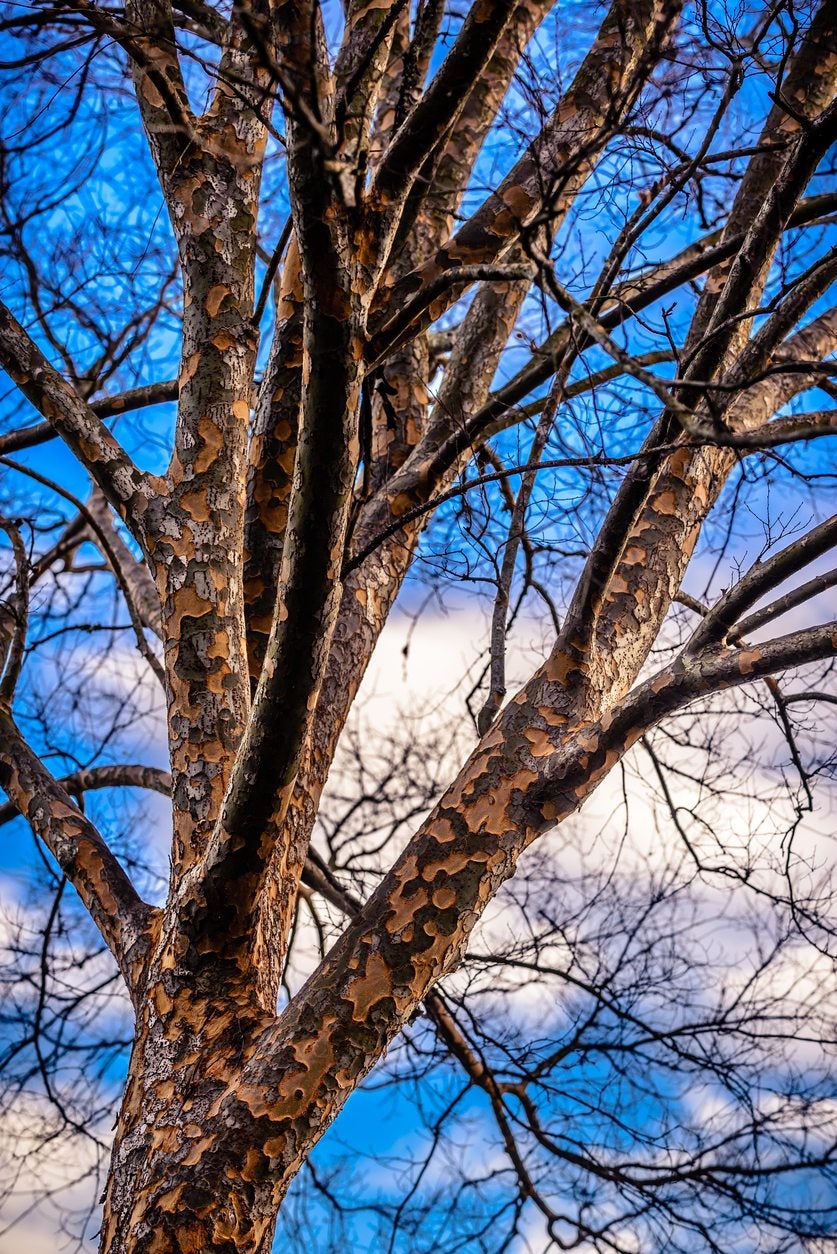

Although lacebark elm (Ulmus parvifolia) is native to Asia, it was introduced to the United States in 1794. Since that time, it has become a popular landscape tree, suitable for growing in USDA hardiness zones 5 through 9. Read on for more helpful lacebark elm information.
Lacebark Elm Information
Also known as Chinese elm, lacebark elm is a medium size tree that typically reaches heights of 40 to 50 feet (12-15 m.). It is valued for its shiny, dark green foliage and rounded shape. The multiple colors and rich textures of lacebark elm bark (the focus of its name) are an added bonus. Lacebark elm provides shelter, food, and nesting sites for a variety of birds, and the leaves attract a number of butterfly larvae.
Lacebark Elm Pros and Cons
If you’re thinking about planting lacebark elm, growing this versatile tree is easy in well-drained soil-- although it tolerates nearly any type of soil, including clay. It is a good shade tree and withstands a certain amount of drought. It is happy in prairies, meadows, or home gardens. Unlike Siberian elm, lacebark is not considered to be a trash tree. Unfortunately, the two are frequently confused in nurseries. One strong selling point is that lacebark elm has proven to be more resistant to Dutch elm disease, a deadly disease that often befalls other types of elm trees. It is also resistant to elm leaf beetle and Japanese beetle, both common elm tree pests. Any disease problems, including cankers, rots, leaf spots, and wilt tend to be relatively minor. There aren’t a lot of negatives when it comes to lacebark elm tree growing. However, the branches sometimes break when exposed to strong winds or laden with heavy snow or ice. Additionally, lacebark is considered to be invasive in some areas of the eastern and southwestern United States. It’s always a good idea to check with your local cooperative extension office before growing lacebark elm trees.
Care of Chinese Lacebark Elms
Once established, the care of Chinese lacebark elms is uninvolved. However, careful training and staking when the tree is young will get your lacebark elm off to a good start. Otherwise, water regularly during spring, summer, and early autumn. Although lacebark elm is relatively drought tolerant, regular irrigation means a healthier, more attractive tree. Lacebark elms don’t require a lot of fertilizer, but once or twice-yearly application of a high-nitrogen fertilizer ensures the tree has proper nutrition if the soil is poor or growth appears slow. Fertilize lacebark elm in early spring and again in late autumn, well before the soil freezes. It’s critical to select a fertilizer that releases nitrogen into the soil slowly, as a quick release of nitrogen can cause weak growth and severe structural damage that invites pests and disease.
Gardening tips, videos, info and more delivered right to your inbox!
Sign up for the Gardening Know How newsletter today and receive a free copy of our e-book "How to Grow Delicious Tomatoes".

A Credentialed Garden Writer, Mary H. Dyer was with Gardening Know How in the very beginning, publishing articles as early as 2007.
-
 Looking For Plants To Give You The Soft And Fuzzies? Try These 5 Fuzzy Leaf Plant Options
Looking For Plants To Give You The Soft And Fuzzies? Try These 5 Fuzzy Leaf Plant OptionsLovers of texture, drama, silver foliage and tactile plants will adore these special sensory garden additions. These fuzzy leaf plant options will leave you all aglow
By Susan Albert
-
 Get Ready For A Summer Of Hummers! Grow These Full Sun Hummingbird Plants and Flowers
Get Ready For A Summer Of Hummers! Grow These Full Sun Hummingbird Plants and FlowersIf you’re lucky enough to enjoy a sunny backyard, make sure you are maxing out on your pollinator opportunities and grow these full sun hummingbird plants and flowers
By Tonya Barnett
-
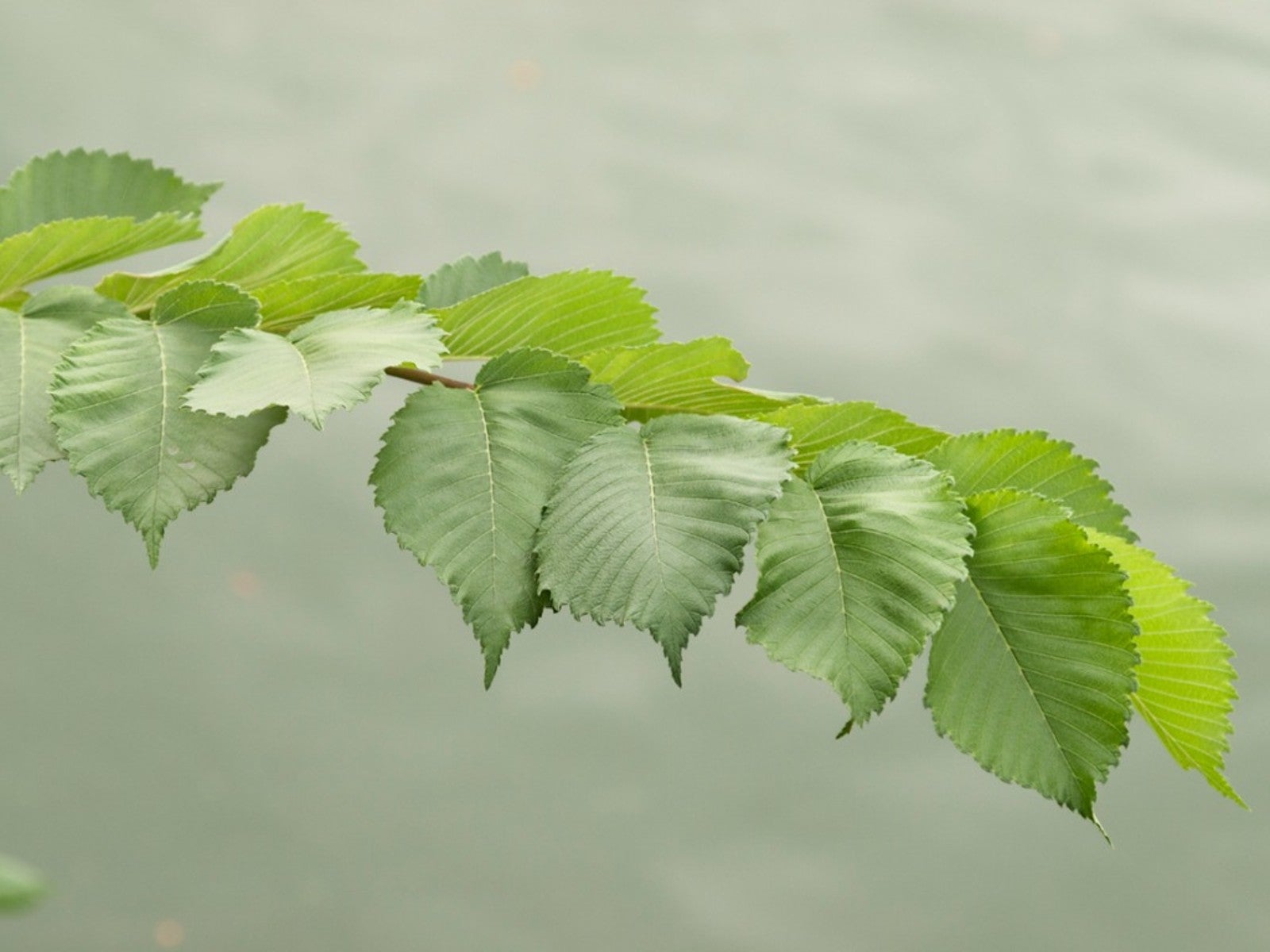 What Is An American Elm Tree - American Elm Facts
What Is An American Elm Tree - American Elm FactsThe beautiful American elm tree is probably not the best choice for your landscape. This lovely deciduous tree is sadly vulnerable to Dutch elm disease, and is not recommended by experts.
By Teo Spengler
-
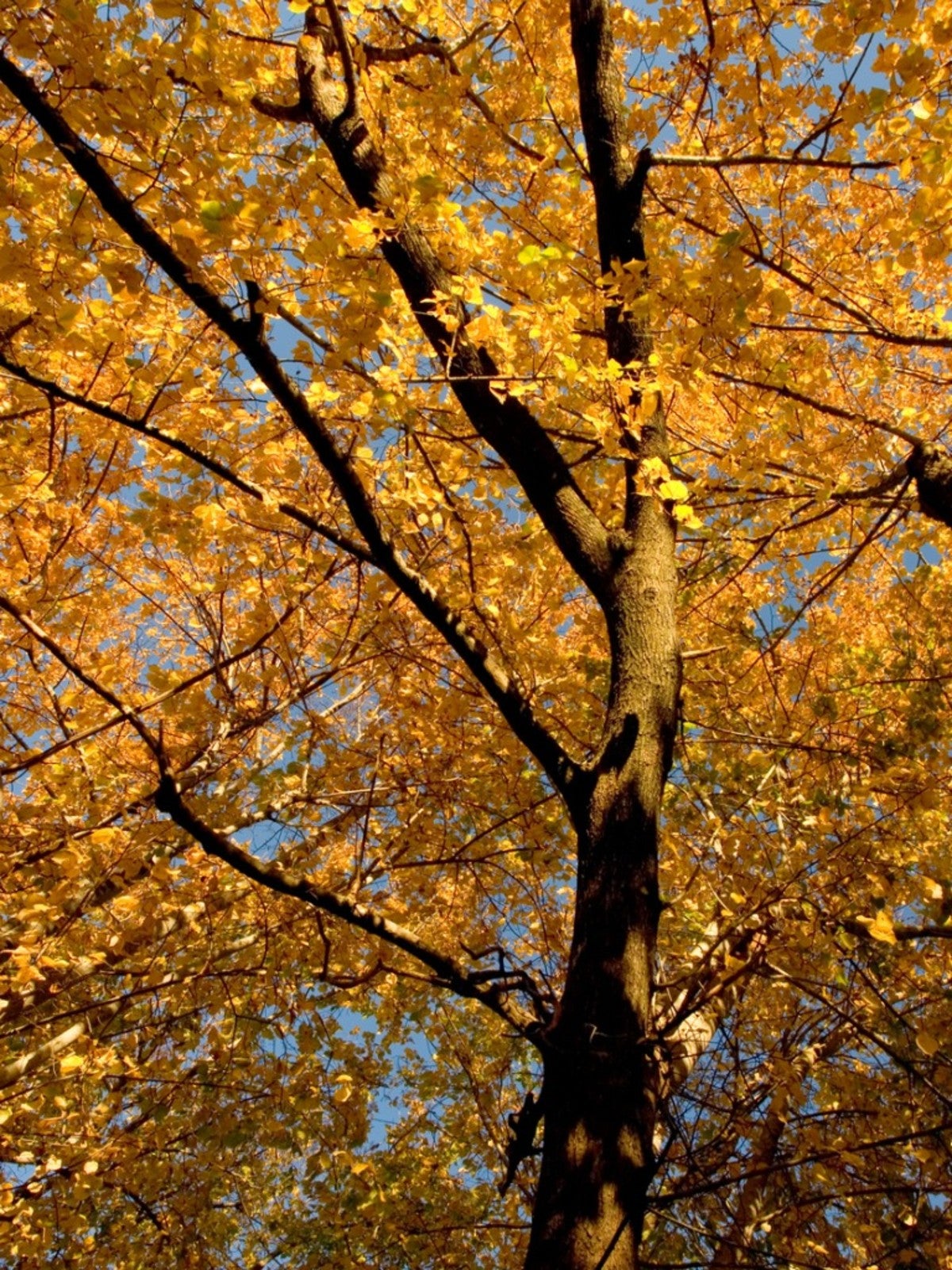 Rock Elm Tree Identification – What Does A Rock Elm Tree Look Like
Rock Elm Tree Identification – What Does A Rock Elm Tree Look LikeThe rock elm is one of the six elm trees native to the United States. Click here to learn more about the rock elm tree.
By Laura Miller
-
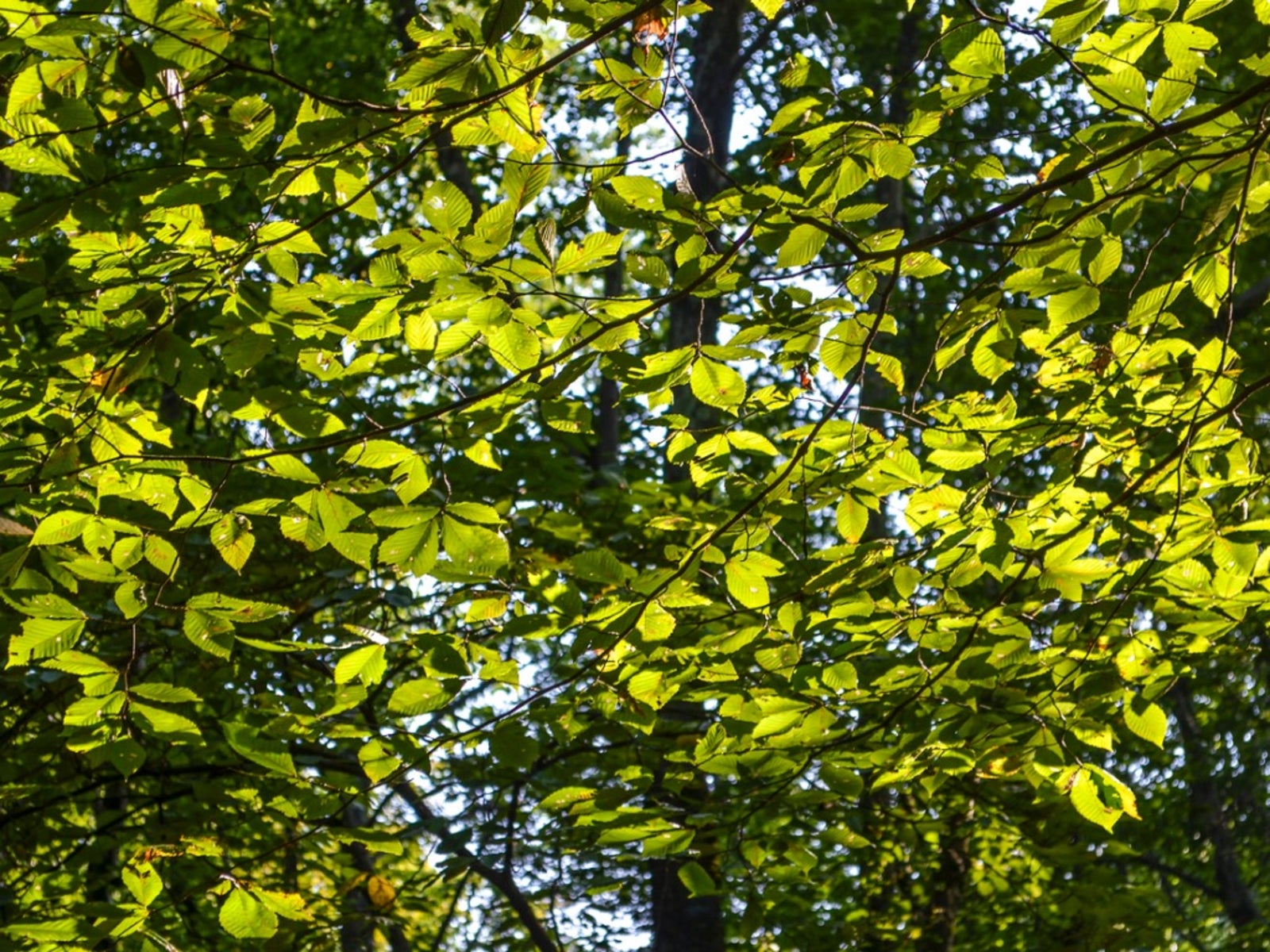 Slippery Elm Information: Tips On Using And Growing Slippery Elm Trees
Slippery Elm Information: Tips On Using And Growing Slippery Elm TreesSlippery elm bark contains a substance that becomes slick and slippery when mixed with water, hence the name. The tree has been used in herbal medicine in this country for centuries. For more information about slippery elm herb uses, click this article.
By Teo Spengler
-
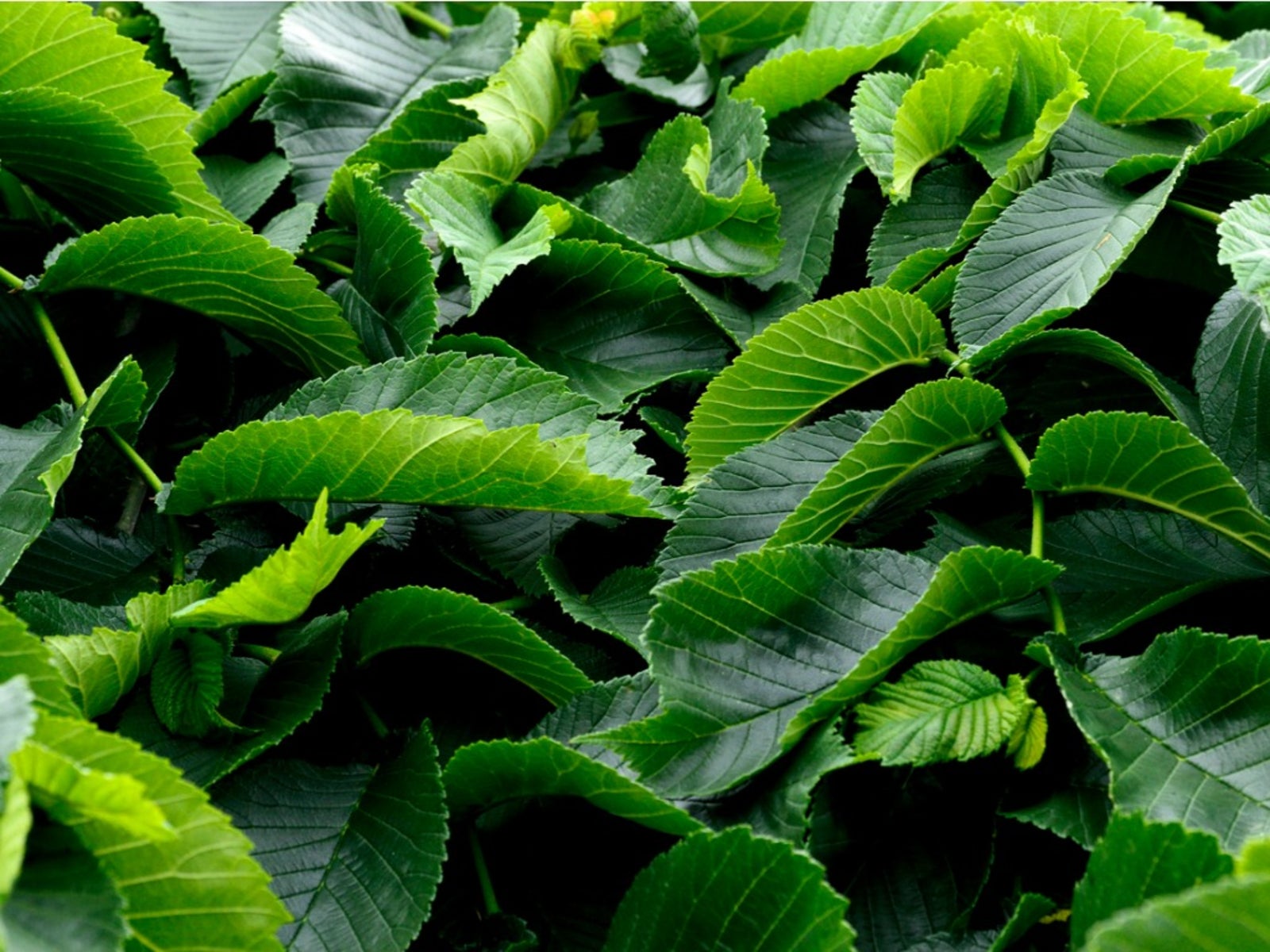 What Is A Camperdown Elm Tree: Camperdown Elm History And Information
What Is A Camperdown Elm Tree: Camperdown Elm History And InformationIf you are familiar with Camperdown elm, you are surely a fan of this lovely tree. If not, you may ask: "What is a Camperdown elm tree?". In either case, click this article for more information, including Camperdown elm history.
By Teo Spengler
-
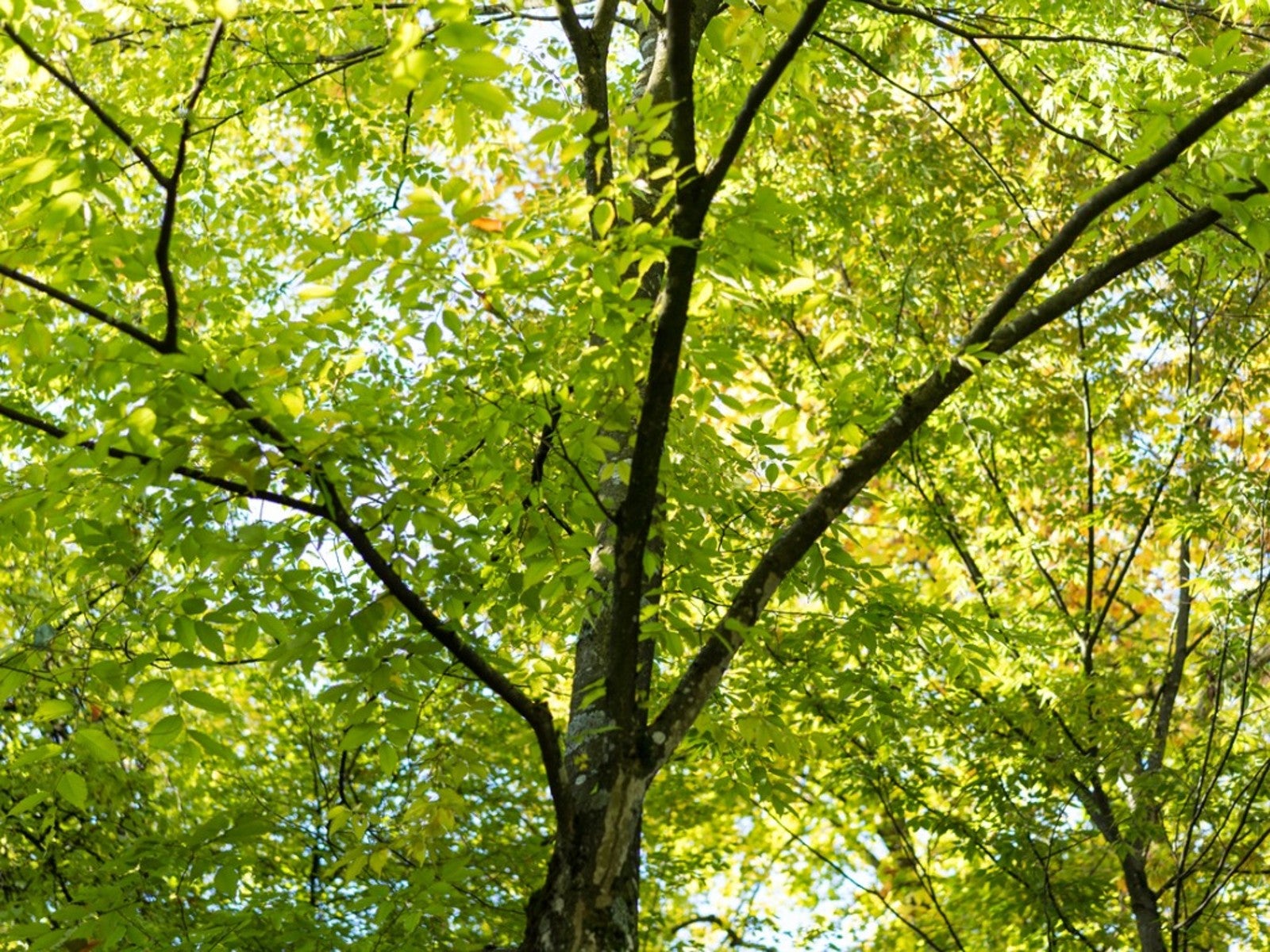 Japanese Elm Tree Care: How To Grow A Japanese Elm Tree
Japanese Elm Tree Care: How To Grow A Japanese Elm TreeBecause of Dutch Elm disease, many people opt for Japanese elm trees instead, which are hardier and equally attractive. This article provides Japanese elm tree facts, including information about how to grow a Japanese elm tree.
By Teo Spengler
-
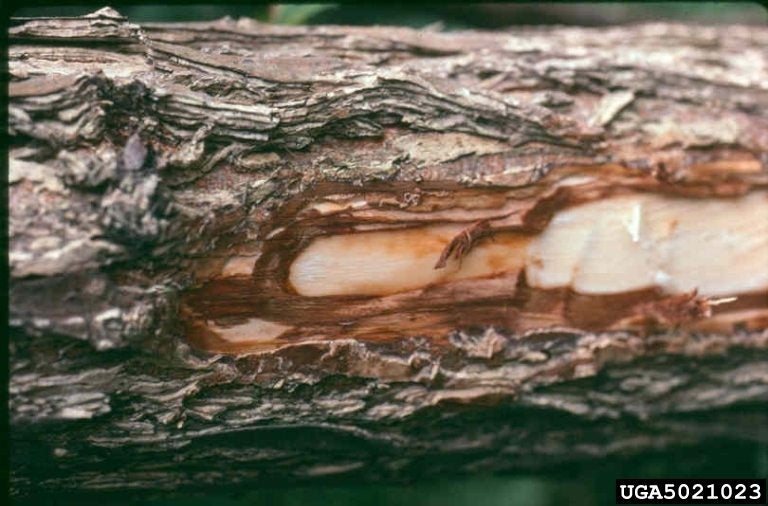 Elm Phloem Necrosis – Methods Of Elm Yellows Treatment
Elm Phloem Necrosis – Methods Of Elm Yellows TreatmentElm yellows is a disease that attacks and kills native elms. The disease is systemic and lethal. Learn about the symptoms of elm yellow disease and whether there is any effective elm yellows treatment in this article. Click here for more info.
By Teo Spengler
-
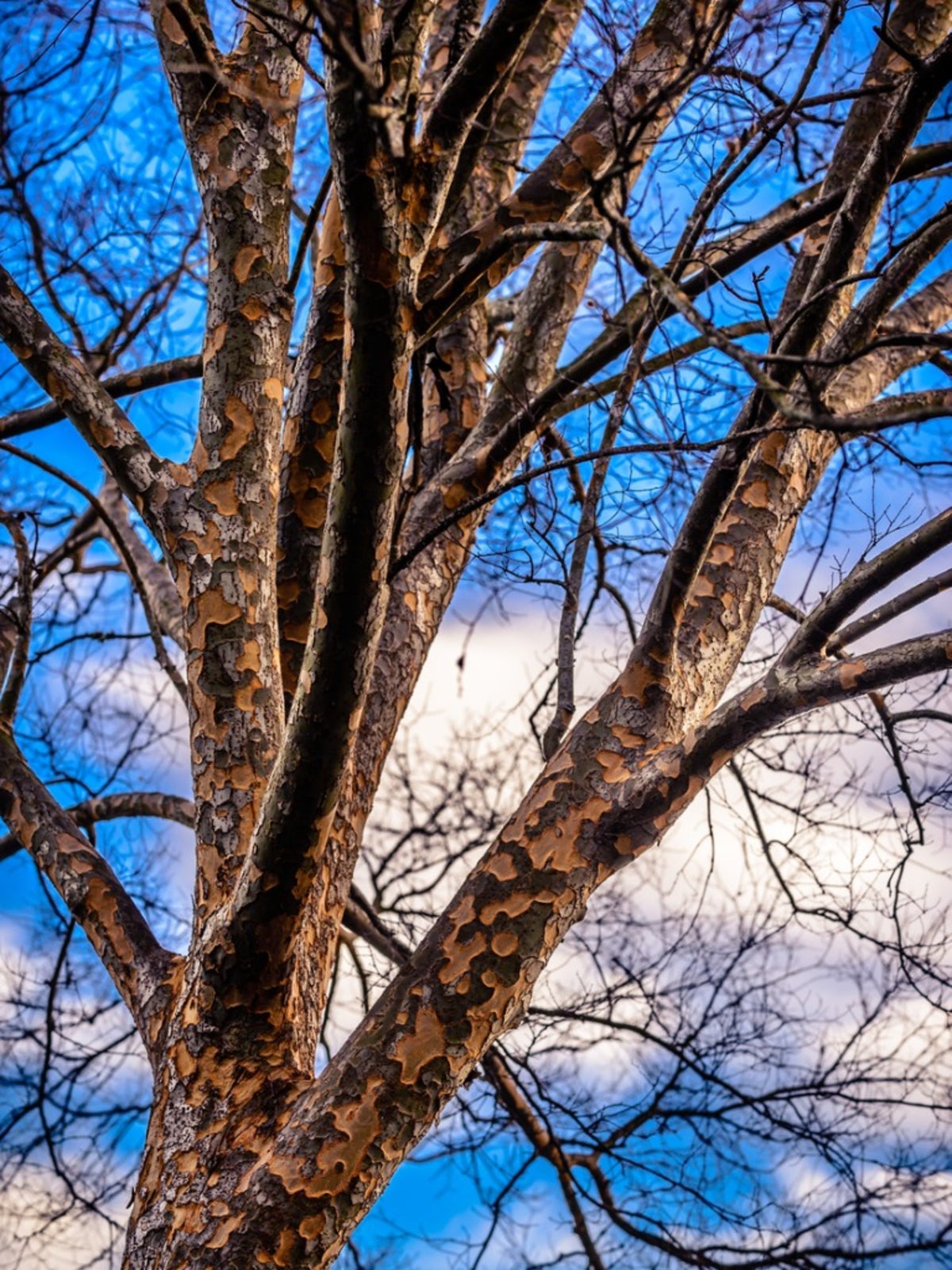 Drake Elm Tree Growing: Tips On Caring For Drake Elm Trees
Drake Elm Tree Growing: Tips On Caring For Drake Elm TreesThe drake elm (also called Chinese elm or lacebark elm) is a quick-growing elm tree that naturally develops a dense, rounded, umbrella-shaped canopy. For more drake elm tree information and details on caring for drake elm trees, click this article.
By Teo Spengler
-
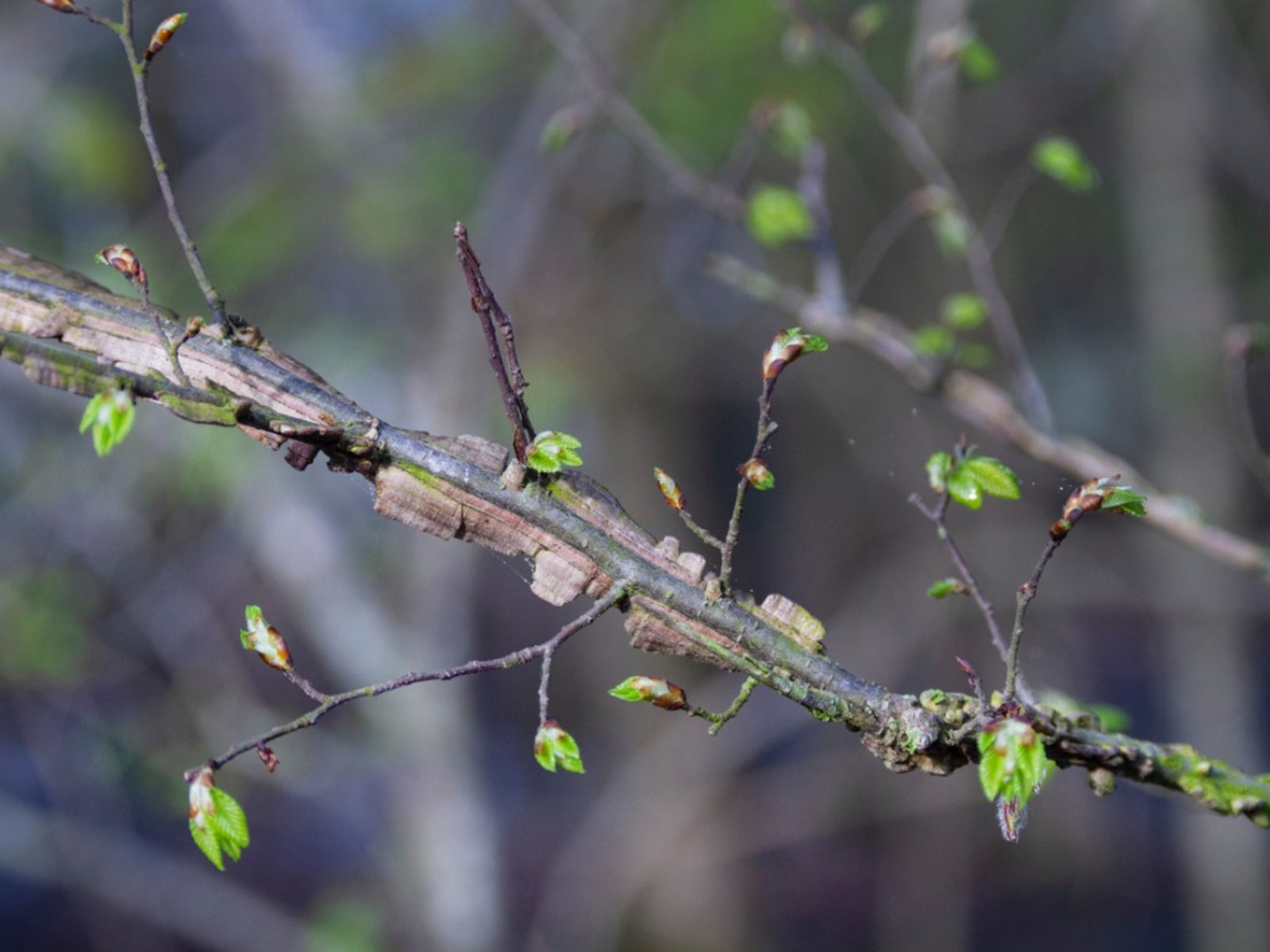 Winged Elm Tree Care: Tips For Growing Winged Elm Trees
Winged Elm Tree Care: Tips For Growing Winged Elm TreesThe winged elm, a deciduous tree native to the southern woodlands of the United States, grows in both wet areas and dry, making it a very adaptable tree for cultivation. Click this article for information about growing winged elm trees.
By Teo Spengler